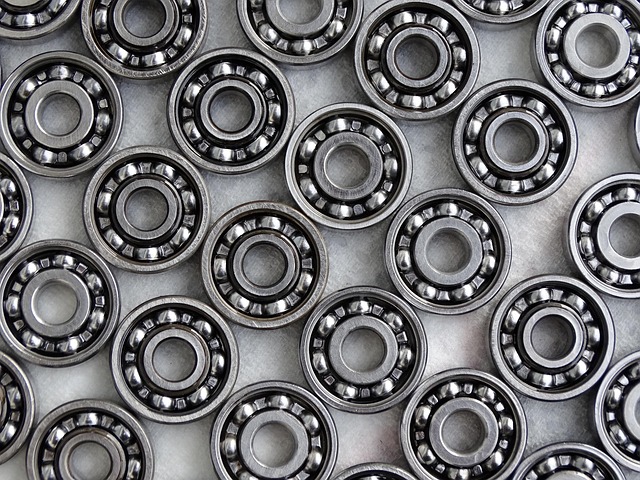Introduction: Parkinson's Disease and the Iron Connection
Parkinson's Disease (PD) is a progressive neurodegenerative disorder characterized by motor symptoms such as tremors, rigidity, and bradykinesia. While the exact cause of PD remains elusive, accumulating evidence suggests a crucial role for altered iron homeostasis in its pathogenesis. This page explores the intricate relationship between iron dysregulation and PD, shedding light on potential therapeutic targets.
Iron's Essential Role and Potential Toxicity
Iron is an essential element involved in various cellular processes, including oxygen transport, energy production, and DNA synthesis. However, iron is also a potent catalyst of the Fenton reaction, which generates highly reactive hydroxyl radicals (•OH) from hydrogen peroxide (H₂O₂). These free radicals can damage cellular components, including lipids, proteins, and DNA, leading to oxidative stress.
Fenton Reaction: Fe²⁺ + H₂O₂ → Fe³⁺ + •OH + OH⁻In the context of PD, increased iron levels in the substantia nigra, a brain region heavily affected by the disease, can exacerbate oxidative stress and contribute to the degeneration of dopaminergic neurons.
Mechanisms of Iron Accumulation in Parkinson's Disease

Several mechanisms can contribute to iron accumulation in the substantia nigra in PD. These include impaired iron export, increased iron import, and disruptions in iron storage proteins. For instance, mutations in genes encoding proteins involved in iron metabolism, such as ferroportin (involved in iron export) and ferritin (involved in iron storage), have been linked to increased risk of PD. Furthermore, age-related decline in lysosomal function can impair the degradation of iron-containing proteins, leading to iron buildup.
# Example: Simulating Iron Accumulation (Conceptual)
iron_inflow = 10 # Arbitrary units
iron_outflow = 5 # Arbitrary units
iron_storage_capacity = 20 # Arbitrary units
current_iron_level = 0
while current_iron_level < iron_storage_capacity:
current_iron_level += iron_inflow - iron_outflow
print(f"Iron Level: {current_iron_level}")
if iron_inflow > iron_outflow and current_iron_level >= iron_storage_capacity:
print("Iron Overload!")
breakThe Role of Alpha-Synuclein and Iron Interactions

Alpha-synuclein, the major component of Lewy bodies (protein aggregates found in the brains of PD patients), also interacts with iron. Iron can promote the aggregation of alpha-synuclein, potentially contributing to the formation of Lewy bodies and neuronal dysfunction. Conversely, alpha-synuclein can influence iron metabolism, further complicating the relationship between these two factors. Specifically, it has been proposed that alpha-synuclein can influence the expression of proteins involved in iron transport and storage.
Therapeutic Strategies Targeting Iron Dysregulation
Given the significant role of altered iron homeostasis in PD, therapeutic strategies aimed at modulating iron levels are being explored. These include the use of iron chelators, which bind to iron and facilitate its removal from the body, and agents that promote iron export or enhance iron storage. Deferiprone, an iron chelator, has shown some promise in clinical trials, but further research is needed to determine its long-term efficacy and safety. Other approaches focus on enhancing the function of cellular iron management systems.
Future Directions and Research Needs

Further research is crucial to fully understand the complex interplay between iron, alpha-synuclein, and other factors in PD pathogenesis. Identifying specific genetic and environmental factors that contribute to iron dysregulation in PD will be essential for developing targeted therapies. Additionally, the development of biomarkers for monitoring iron levels in the brain could aid in early diagnosis and treatment monitoring.
- Investigating the specific molecular mechanisms by which iron promotes alpha-synuclein aggregation.
- Identifying individuals at high risk for PD based on their iron metabolism profiles.
- Developing novel iron-modulating therapies with improved efficacy and safety profiles.
- Exploring the potential of dietary interventions to regulate iron levels in the brain.